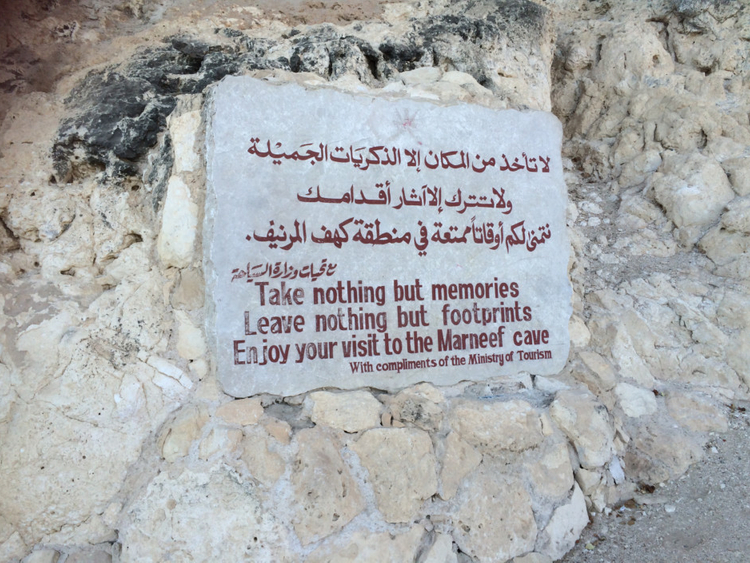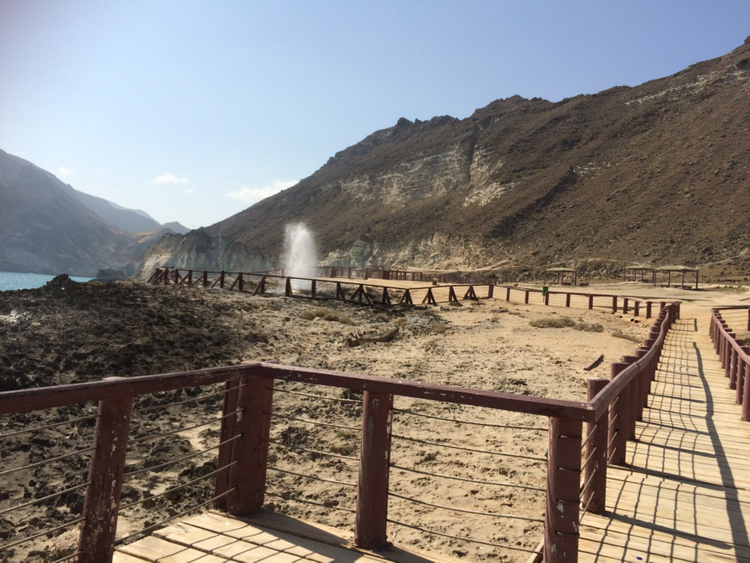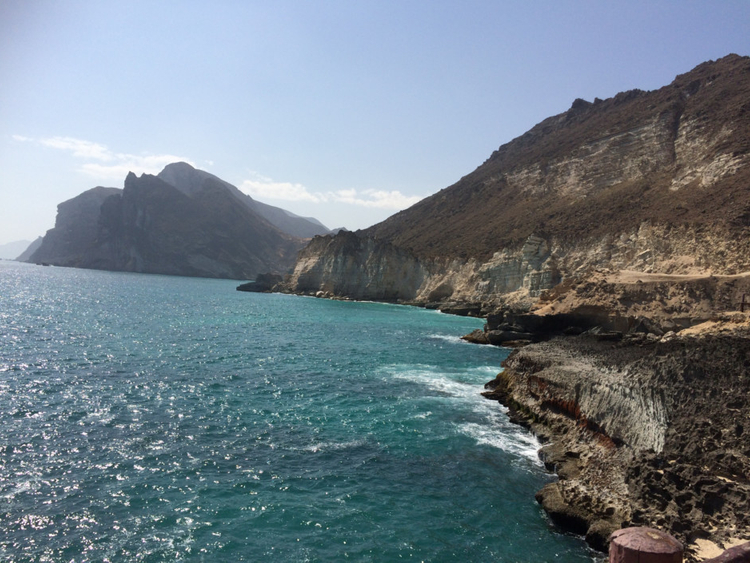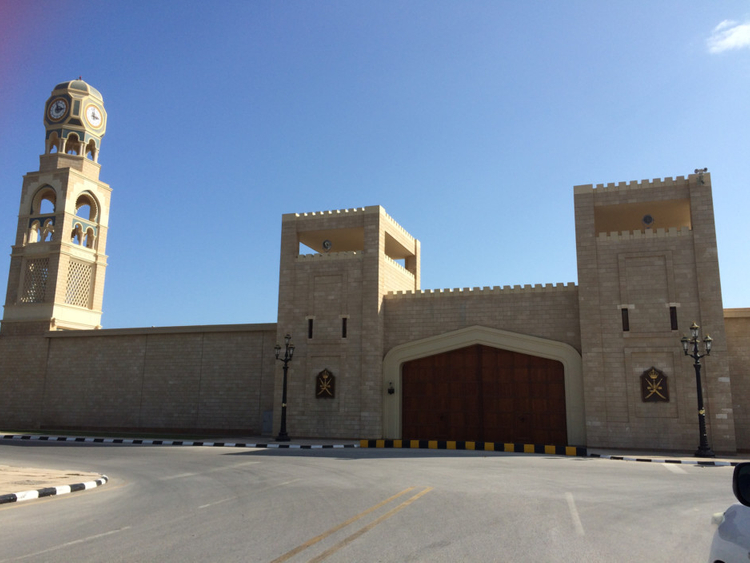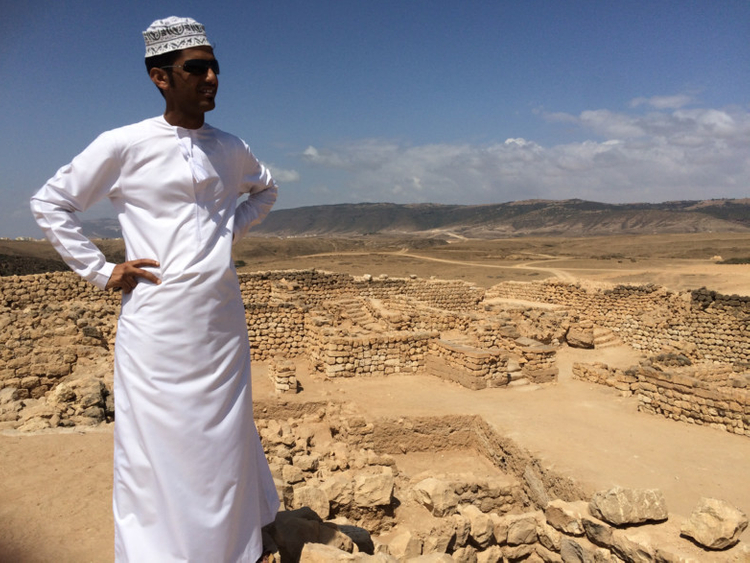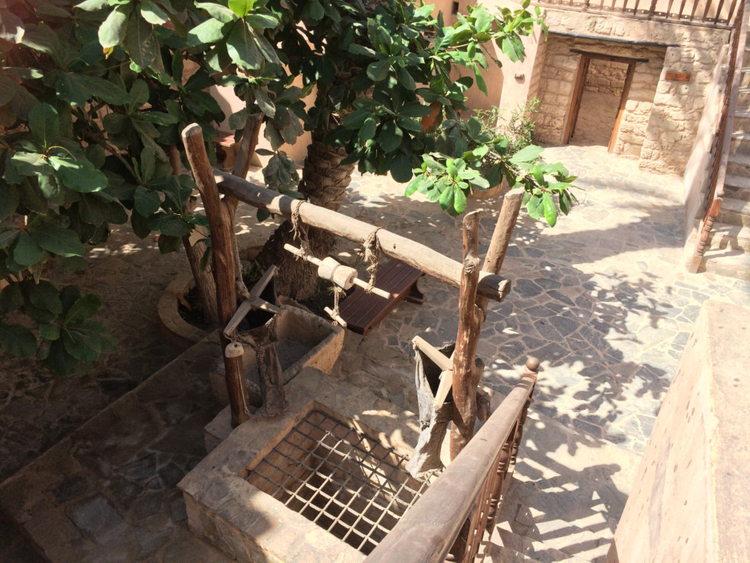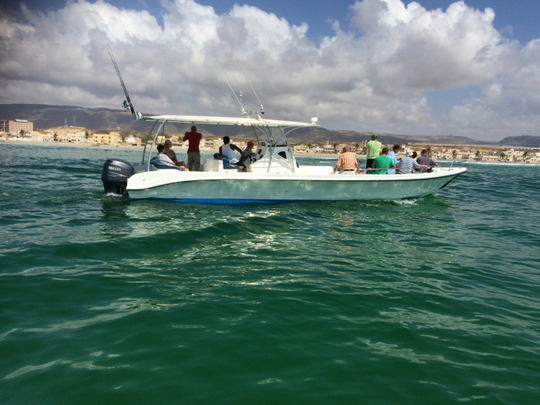
Looking to get away from the UAE heat? Then head to the verdant wadis and white beaches of Salalah as it celebrates the annual Khareef, or monsoon, season. With the Salalah Tourism Festival until the end of August and a new airport, the second largest city in the Sultanate of Oman expects 600,000 visitors this year. The festival showcases heritage, cultural, artistic and entertainment events, including sports, music, dance and handicrafts.
Salalah city will remind you of the UAE in the 1970s and 1980s, when high rises didn’t rule the emirates. Even though the city itself doesn’t offer much to the tourist, step a little away and you will either go back in time or into the lap of nature.
Salalah was the capital city of the sultanate until the present sultan Qaboos Bin Said decided to move from his birthplace to Muscat in the 1970s. The second largest city in Oman, Salalah is known for its ancient trade links and as a home of frankincense.
The area boasts sites that date back to the 3rd and 4th century BC. The place is a favourite with scholars and researchers and ancient writings and inscriptions, and artefacts have been found at excavations, such as the Sumharam settlement at Khor Rori. Excavations still continue to determine the historic timeline of the region.
Boasting a natural diversity with the white sandy beaches at the coast blending with rocky mountains and verdant valleys and lagoons, Salalah is a nature photographer’s delight. And if that doesn’t satisfy the tourist in you, step off shore for some dolphin spotting and underwater expeditions. And if all you want to do is relax, there is a plethora of five-star resorts, complete with private beaches, spas and expansive regional and international food experiences.
Here are few places you must have on your Salalah itinerary.
Khor Rori and Sumhuram
Once a famous port, the Khor Rori and the ancient settlement of Sumhuram is said to date back to the 1000BC. Though the Dhofar region several lagoons, Khor Ruri is the largest reserve. Legend has it that it became famous for transporting jars of Oman frankincense to the Queen of Sheba, our guide informed us. The ruins show clear demarcations of private houses and public buildings. Structures resembling a small temple and a foundry have been found along with iron and bronze objects. It was discovered by James Theodore Bent, an English explorer, archaeologist and author, in the 19th century. But was excavated by the American Foundation for the Study of Man in the early 1950s and is being researched by the Italian Mission to Oman since 1994. In 2000, it was declared a Unesco World Heritage Site along the Incense Route.
Al Marneef Cave and Mughsail Beach
About 40km from the city and overlooking the Arabian Sea, Al Marneef Cave which came from eroded limestone, shelter you against the heat yet give you amazing views of the sea, the cliffs and the blowholes. During the monsoon, as sea levels rise and water currents become more active, the water surges through the blowholes like huge fountains, creating an attractive sight. Enjoy a picnic lunch but just be careful of the wasps and bees that will hover around for a piece of your meal. And make sure to leave nothing but footprints, as the notice at the entrance of the cave says.
Taqah Castle
Step back in time at the Taqah Castle. Built in the 19th century, it is a relatively new castle in comparison to those found in the north of Oman, such as the forts in Nizwa, Bahla and Nakhal. The castle was the residence of Shaikh Ali Bin Taman Al Ma’shani, a tribal leader and Sultan Qaboos’ maternal grandfather, which was passed on to the Omani government under the sultan’s father’s regime. It then served as the office and residence of the wali (governor) of Taqah until 1970. In 1994, it was renovated and reopened as a museum and houses weapons and cookware used at the time.
Not far from Taqah Castle lies the grave of Sultan Qaboos’s mother.
Wadi Darbat
A beautiful green valley and easily accessed by a modern road, the Wadi Darbat winds through hills and highlands to end at Khor Rori, where it empties into the Arabian Gulf. Watered from the Teeq Cave’s cells, the wadi is home to a natural spring, thick indigenous foliage and seasonal waterfalls; it is green for most of the year.
Teeq Cave and Tawi Ateer sinkhole
Discovered in 1997 by a team of Slovenian explorers in collaboration with the Sultan Qaboos University, the Tawi Ateer is one of the largest solvent sinkholes in the world with a diameter between 130 and 150 metres and depth of 211 metres, probably created due to constant rush of water through the cave. Apart from being a diverse geographical site, it’s a historical due to the remains of an early civilization being found here. Teeq Cave lies at the top of the sinkhole and has six entrances.
Dolphin spotting and underwater activities
Most hotels in Salalah will arrange a boat ride to go dolphin spotting in the Arabian Gulf. Several species of dolphins visit Omani waters — from the Indo-Pacific humpbacks to the bottle nose and long-beaked. Like the rest of the country, Salalah too offers some wonderful snorkeling and diving spots in the various lagoons to the bays and caves that bring you close to unique and diverse marine life and coral reefs.
Top box
Salalah Tourism Festival will run until August 31. The event started from July 23, the Oman Renaissance Day, which marks the day Sultan Qaboos Bin Said ascended the throne.



